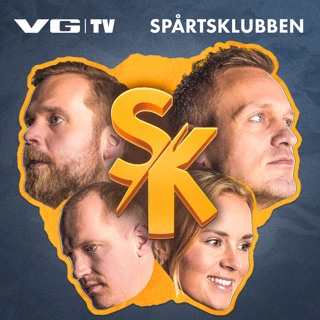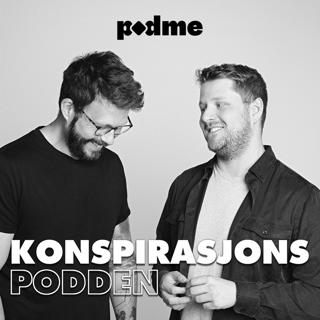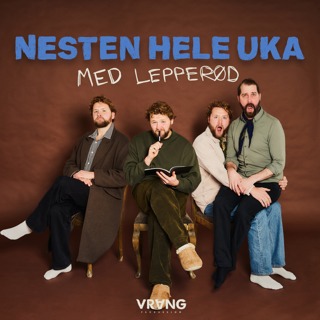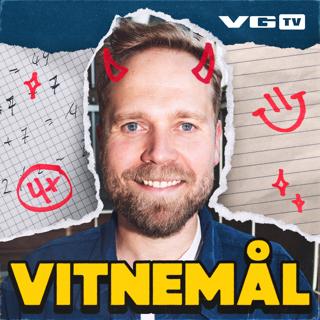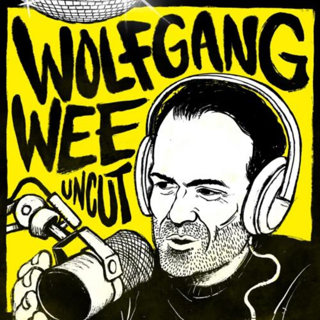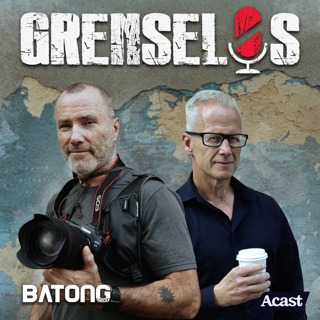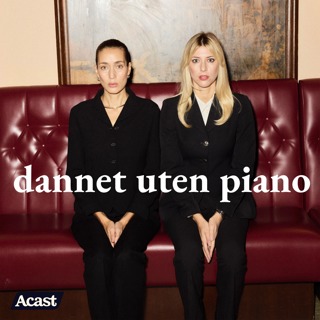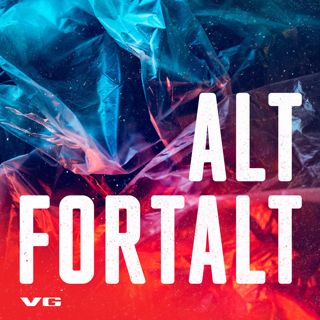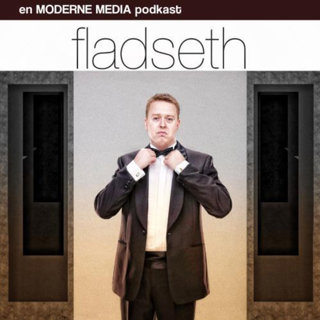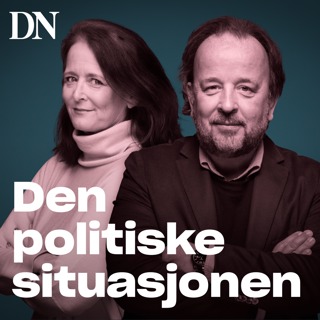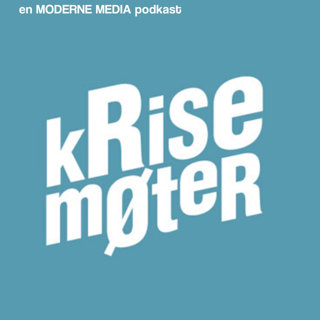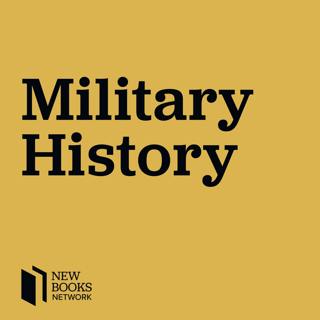
Hal Brands, "The Eurasian Century: Hot Wars, Cold Wars, and the Making of the Modern World" (Norton, 2025)
We often think of the modern era as the age of American power. In reality, we’re living in a long, violent Eurasian century. That giant, resource-rich landmass possesses the bulk of the global population, industrial might, and potential military power; it touches all four of the great oceans. Eurasia is a strategic prize without equal―which is why the world has been roiled, reshaped, and nearly destroyed by clashes over the supercontinent. Since the early twentieth century, autocratic powers―from Germany under Kaiser Wilhelm II to the Soviet Union―have aspired for dominance by seizing commanding positions in the world’s strategic heartland. Offshore sea powers, namely the United Kingdom and America, have sought to make the world safe for democracy by keeping Eurasia in balance. America’s rivalries with China, Russia, and Iran are the next round in this geopolitical game. If this new authoritarian axis succeeds in enacting a radically revised international order, America and other democracies will be vulnerable and insecure. In The Eurasian Century: Hot Wars, Cold Wars, and the Making of the Modern World (W. W. Norton & Company, 2025) Hal Brands, a renowned expert on global affairs, argues that a better understanding of Eurasia’s strategic geography can illuminate the contours of rivalry and conflict in today’s world. The Eurasian Century explains how revolutions in technology and warfare, and the rise of toxic ideologies of conquest, made Eurasia the center of twentieth-century geopolitics―with pressing implications for the struggles that will define the twenty-first. Hal Brands, coauthor of Danger Zone: The Coming Conflict with China, is the Henry Kissinger Distinguished Professor at the Johns Hopkins University School of Advanced International Studies, senior fellow at the American Enterprise Institute, and a columnist for Bloomberg Opinion. He lives in Bethesda, Maryland. Stephen Satkiewicz is an independent scholar whose research areas are related to Civilizational Sciences, Social Complexity, Big History, Historical Sociology, military history, War studies, International Relations, Geopolitics, as well as Russian and East European history. Learn more about your ad choices. Visit megaphone.fm/adchoices Support our show by becoming a premium member! https://newbooksnetwork.supportingcast.fm/military-history
5 Feb 50min

Angela Wanhalla et al., "Te Hau Kainga: The Maori Home Front during the Second World War" (Auckland UP, 2024)
Taking readers to the farms and factories, the marae and churches where Māori lived, worked and raised their families, Te Hau Kāinga: The Māori Home Front during the Second World War (Auckland University Press, 2024) by Dr. Angela Wanhalla, Dr. Sarah Christie, Dr. Lachy Paterson, Dr. Ross Webb and Dr. Erica Newman tells the story of the profound transformation in Māori life during the Second World War. While the Māori Battalion fought overseas, the Māori War Effort Organisation and its tribal committees engaged Māori men and women throughout Aotearoa in the home guard, the women’s auxiliary forces, and national agricultural and industrial production. Māori mobilisation was an exercise of rangatiratanga and it changed how Māori engaged with the state. And, as Māori men and women took up new roles, the war was to become a watershed event for Māori society that set the stage for post-war urbanisation. From ammunition factories to kūmara fields, from Te Puea Hērangi to Te Paipera Tapu, Te Hau Kāinga provides the first substantial account of how hapori Māori were shaped by the wartime experience at home. It is a story of sacrifice and remarkable resilience among whānau, hapū and iwi Māori. This interview was conducted by Dr. Miranda Melcher whose new book focuses on post-conflict military integration, understanding treaty negotiation and implementation in civil war contexts, with qualitative analysis of the Angolan and Mozambican civil wars. Learn more about your ad choices. Visit megaphone.fm/adchoices Support our show by becoming a premium member! https://newbooksnetwork.supportingcast.fm/military-history
2 Feb 1h 15min

Karel Margry, "Nordhausen Concentration Camp" (After the Battle, 2024)
In the history of Nazi concentration camps, and particularly labor camps, there is probably no place that bears the same stigma of wretchedness as 'Dora-Mittelbau' at Nordhausen. Located in the Harz mountains in central Germany, next to a quarry tunnel system in the Kohnstein mountain, it served to house thousands of slave workers for an underground factory known as the Mittelwerk, which produced three of Germany's best-known secret weapons: the V1 flying bomb, the V2 rocket and jet engines for the Me 262 and Ar 234 fighters. With over 20 kilometers of underground galleries, it was the largest underground factory in the world. Many of the inmates died in indescribable misery, being forced to extend the tunnels with meager equipment and under ghastly conditions, sometimes not seeing daylight for weeks on end. Started in August 1943, 'Dora-Mittelbau' in due course became the centre of a whole complex of underground factories in the Nordhausen area, with several subsidiary camps being set up. In all, of some 60,000 prisoners sent there between 1943 and 1945, 20,000 were driven to extinction to implement Nazi Germany's secret weapons program, but they labored late and in vain, for the products they yielded had little impact on the war. The V1 and V2 are the only weapons which cost more lives in production than in deployment: far more people died producing them than were killed from their impact in London, Antwerp and elsewhere. The history of Nordhausen, already gruesome in itself, ended in a crescendo of violence when, in the final weeks of the war, the surviving inmates were evacuated from the camps in 'death marches'. One group of over a thousand men then became victim of one of the most horrendous of all Nazi atrocities. On April 13, 1945, just outside the town of Gardelegen, their SS camp guards, helped by local troops and Hitlerjugend, locked the prisoners in a big barn and set fire to the inside, burning those inside, killing them with hand-grenades, and shooting anyone who tried to escape from the burning, smoke-filled building. A total of 1,016 men died as a result. When discovered by American troops two days later, Gardelegen quickly became known as the site of one most notorious war crimes committed by the Nazis. In this book, Karel Margry recounts the history of Nordhausen concentration camp and of the Gardelegen massacre in full detail. Both stories are illustrated with unique Then and Now comparison photographs. Learn more about your ad choices. Visit megaphone.fm/adchoices Support our show by becoming a premium member! https://newbooksnetwork.supportingcast.fm/military-history
31 Jan 1h 34min

Tolkien, Philosopher of War: A Conversation with Graham McAleer
In this episode, we explore the profound philosophical and theological dimensions of J.R.R. Tolkien's work, particularly his views on war. In his book Tolkien, Philosopher of War (Catholic University of America Press, 2024), McAleer uncovers Tolkien's critique of Enlightenment thought and his deep concern with the apocalyptic politics of his time. He argues that Tolkien’s metaphysical, political, and aesthetic views—shaped by a rejection of gnosticism, a defense of monarchy, and a resistance to Futurism—offer a unique perspective on the dangers of progressivism and total war. We explore Tolkien’s personal experience which inform his writings and the processes by which he was able to sculpt these great works and systems of thought. This conversation sheds light on Tolkien's modern critique of political ideologies and offers new insights for readers of Catholic studies, war philosophy, and Tolkien Studies alike. Madison’s Notes is the podcast of Princeton University’s James Madison Program in American Ideals and Institutions. Contributions to and/or sponsorship of any speaker does not constitute departmental or institutional endorsement of the specific program, speakers or views presented. Learn more about your ad choices. Visit megaphone.fm/adchoices Support our show by becoming a premium member! https://newbooksnetwork.supportingcast.fm/military-history
30 Jan 50min

Edward Westermann, "Hitler's Ostkrieg and the Indian Wars: Comparing Genocide and Conquest" (U Oklahoma Press, 2016)
As he prepared to wage his war of annihilation on the Eastern Front, Adolf Hitler repeatedly drew parallels between the Nazi quest for Lebensraum, or living space, in Eastern Europe and the United States's westward expansion under the banner of Manifest Destiny. The peoples of Eastern Europe were, he said, his "redskins," and for his colonial fantasy of a "German East" he claimed a historical precedent in the United States's displacement and killing of the native population. Edward B. Westermann examines the validity, and value, of this claim in Hitler's Ostkrieg and the Indian Wars: Comparing Genocide and Conquest (University of Oklahoma Press, 2016). The book takes an empirical approach that highlights areas of similarity and continuity, but also explores key distinctions and differences between these two national projects. The westward march of American empire and the Nazi conquest of the East offer clear parallels, not least that both cases fused a sense of national purpose with racial stereotypes that aided in the exclusion, expropriation, and killing of peoples. Westermann evaluates the philosophies of Manifest Destiny and Lebensraum that justified both conquests, the national and administrative policies that framed Nazi and U.S. governmental involvement in these efforts, the military strategies that supported each nation's political goals, and the role of massacre and atrocity in both processes. Important differences emerge: a goal of annihilation versus one of assimilation and acculturation; a planned military campaign versus a confused strategy of pacification and punishment; large-scale atrocity as routine versus massacre as exception. Comparative history at its best, Westermann's assessment of these two national projects provides crucial insights into not only their rhetoric and pronouncements but also the application of policy and ideology "on the ground." His sophisticated and nuanced revelations of the similarities and dissimilarities between these two cases will inform further study of genocide, as well as our understanding of the Nazi conquest of the East and the American conquest of the West. Learn more about your ad choices. Visit megaphone.fm/adchoices Support our show by becoming a premium member! https://newbooksnetwork.supportingcast.fm/military-history
29 Jan 1h 33min

Benjamin Carter Hett, "The Nazi Menace: Hitler, Churchill, Roosevelt, Stalin, and the Road to War" (Henry Holt, 2020)
Berlin, November 1937. Adolf Hitler meets with his military commanders to impress upon them the urgent necessity for a war of aggression in eastern Europe. Some generals are unnerved by the Führer’s grandiose plan, but these dissenters are silenced one by one, setting in motion events that will culminate in the most calamitous war in history. Benjamin Carter Hett takes us behind the scenes in Berlin, London, Moscow, and Washington, revealing the unsettled politics within each country in the wake of the German dictator’s growing provocations. He reveals the fitful path by which anti-Nazi forces inside and outside Germany came to understand Hitler’s true menace to European civilization and learned to oppose him, painting a sweeping portrait of governments under siege, as larger-than-life figures struggled to turn events to their advantage. As in The Death of Democracy, his acclaimed history of the fall of the Weimar Republic, Hett draws on original sources and newly released documents to show how these long-ago conflicts have unexpected resonances in our own time. To read The Nazi Menace: Hitler, Churchill, Roosevelt, Stalin, and the Road to War (Henry Holt, 2020) is to see past and present in a new and unnerving light. Learn more about your ad choices. Visit megaphone.fm/adchoices Support our show by becoming a premium member! https://newbooksnetwork.supportingcast.fm/military-history
28 Jan 1h 21min

Viktoriya Fedorchak, "The Russia-Ukraine War: Towards Resilient Fighting Power" (Routledge, 2024)
Viktoriya Fedorchak's The Russia-Ukraine War: Towards Resilient Fighting Power (Routledge, 2024) provides a systematic analysis of the Russian-Ukraine war, using the concept of resilient fighting power to assess the operational performance of both sides during the first year of the full-scale invasion. The Russian war in Ukraine began in 2014 and continued for eight years, before the full-scale invasion of 24 February 2022. It is not a new war, but the intensity of the warfighting revived many discussions about the conduct of inter-state warfare, which has not been seen in Europe for decades. This book does not aim to offer an exhaustive operational analysis of the war, but rather provides a preliminary systematic analysis across various domains of warfare using the concept of fighting power to assess the operational performance of both sides. First, the book discusses the conceptual component and the post-Cold War adaptations of the Soviet strategic tradition by both the Ukrainian and the Russian Armed Forces. Following that, it gives an evaluation of the various aspects of warfighting in the land, air, maritime and cyber domains. Then, the book examines the role of international allied assistance, sanctions and weapons delivery in strengthening the resilience of the Ukrainian Armed Forces. The book concludes with some comments on the role of inter-state warfare in the current strategic environment and future warfare. This book will be of much interest to students of military and strategic studies, defence studies, foreign policy, Russian studies and international relations. Viktoriya Fedorchak is a lecturer in War Studies at the Swedish Defence University. She is the author of British Air Power (2018) and Understanding Contemporary Air Power (2020). Stephen Satkiewicz is an independent scholar whose research areas are related to Civilizational Sciences, Social Complexity, Big History, Historical Sociology, military history, War studies, International Relations, Geopolitics, as well as Russian and East European history. Learn more about your ad choices. Visit megaphone.fm/adchoices Support our show by becoming a premium member! https://newbooksnetwork.supportingcast.fm/military-history
28 Jan 1h 29min

Peter Harmsen, "Fury and Ice: Greenland, the United States and Germany in World War II" (Casemate, 2024)
Today I talked to Peter Harmsen about his book Fury and Ice: Greenland, the United States and Germany in World War II (Casemate, 2024). The wartime interest in Greenland was a direct result of its vital strategic position--if you wanted to predict the weather in Europe, you had to have men in place on the vast, frozen island. The most celebrated example of Greenland's crucial contribution to Allied meteorological services is the correct weather forecast in June 1944 leading to the decision to launch the invasion of Normandy. In addition, both before and after D-Day a stream of weather reports from Greenland was essential for the Allied ability to carry out the bombing offensive against Germany. The Germans were aware of the value of Greenland from a meteorological point of view, and they repeatedly attempted to establish semi-permanent weather stations along the sparsely populated east coast of the island. This resulted in an epic cat-and-mouse game, in which US Coast Guard personnel assisted by a celebrated sledge patrol manned by Scandinavian adventurers struggled to locate and eliminate German bases before they could make any difference. It's a story seldom told, but the fact remains that Greenland was the only part of the North American continent in which German troops maintained a presence throughout almost the entirety of the war. At the same time, the US entry into the war triggered an enormous American effort to hastily establish the necessary infrastructure in the form of harbors and air bases that enabled Greenland to form a vital link in the effort to send men and supplies across the North Atlantic in the face of stern opposition from the German Navy. While Allied ships were passing through Greenland waters in massive numbers, planes were plying the so-called Snowball Route from Greenland over Iceland to the British Isles. Learn more about your ad choices. Visit megaphone.fm/adchoices Support our show by becoming a premium member! https://newbooksnetwork.supportingcast.fm/military-history
27 Jan 1h 8min




